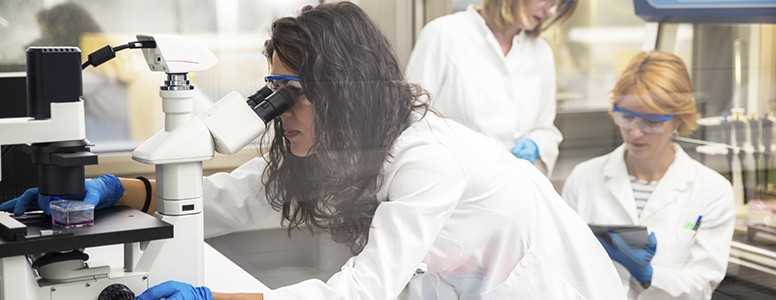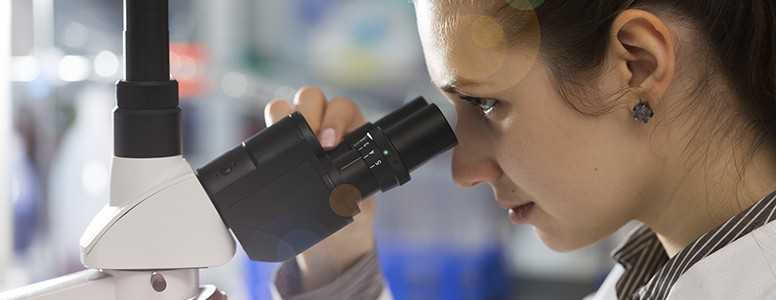University of Texas scientists say they have successfully managed to force pancreatic cells to start working again within type 1 diabetes.
This study on animals tested an approach that involved tricking the body into reversing type 1 diabetes, and could hold implications for future treatment options.
Previous research has involved transplanting new cells, but this approach uses a virus to carry out what the researchers call a “gene transfer”. The virus helps to kick start the production of insulin in the cells already in the pancreas.
“We’re taking a cell that is already present in the body – it’s there, and it’s happy – and programming it to secrete insulin, without changing it otherwise,” said Ralph DeFronzo, chief of the diabetes research at the UT Health Science Center at San Antonio.
Bruno Doiro, who also worked on the study, said: “We’re not fundamentally changing the cell. We’re just giving it one additional task.”
They tested this gene transfer on mice models of type 1 diabetes and found that the animals’ immune systems did not attack the new insulin-producing cells.
Instead, the cells produced just the right amount of insulin needed to control blood sugar levels; the mice have been diabetes free for over a year.
However, before the technique can be tested on humans, a lot more research needs to be conducted, particularly regarding the safety of the approach.
The researchers say although some people may be sceptical about the unconventional technique, using viruses for gene transfers has been used before and has even been approved by the US Food and Drug Administration (FDA) as treatment for other diseases.
The findings have been published in the Current Pharmaceutical Biotechnology journal.
What's new on the forum? 
Get our free newsletters
Stay up to date with the latest news, research and breakthroughs.






